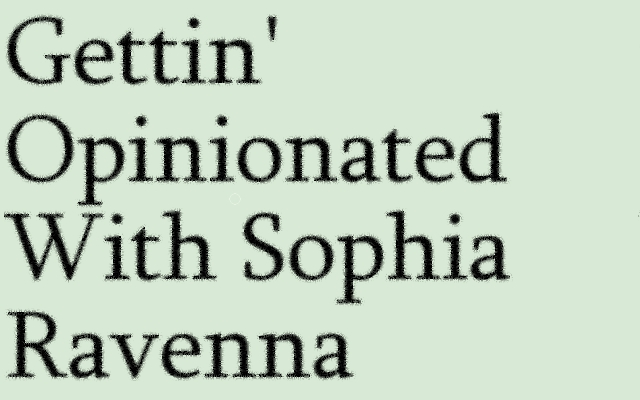
It’s been really weird being on Facebook this week, as FB keeps offering me “memories” of my photos from the last 3 Tribal Fests. Add this to my friends sharing their TF memory photos and their thoughts about not being there this year, and I find that I have my own thoughts about not being there.
Is it bad to say that in a way I’m GLAD Tribal Fest is gone? That the more I learn about what went on behind the scenes, the more I realize it was rotten to the core? That the more I see costumers closing up shop because of lost TF profits, the more I realize that as a community, we hung too much of our sense of self-worth on getting a spot on the TF stage and looking our best?
On a personal level, I’m glad there was no Tribal Fest this May, because I always sunk a ton of time and money into that event, and that’s time and money that has been better spent on preparing to move this year. I’m glad I haven’t been stressing about a Tribal Fest solo on top of my Cultivation retest. I’m glad that I’ve been focusing on improving some of my dance skills that were lacking, instead of one single performance piece.
And I’ve enjoyed finally exploring the SF Bay Area. Every year that I came here for TF, I’d think “Wow, I really wish I had time to actually go to San Francisco” or “Gee, I sure would love to visit these cute stores in Sebastopol but I spent all my money at the festival.” Now I’m getting the chance to see different parts of the area, do some shopping and some eating and actually get out into nature, too. (Note: I actually wrote this post on Saturday before my trip was over, come back next Tues for a recap on where I visited, what I did, and why it was awesome)
Of course there are things I miss about Tribal Fest. It was a place to see a lot of people, to experience new teachers, to try on and buy costumes, and to see a lot of inspiring performances. It wasn’t the only place to do that, of course, but it was a big one.
Mainly, I wish TF had gone away in a less traumatic way. I wish it had happened in a way that wouldn’t have been so hurtful to the people involved, and so damaging to peoples’ livelihoods. I wish it had gone out with dignity, with one final hurrah so we all know it was coming. I wish we could have said good bye. I wish it had felt more like a peaceful death after a long and healthy life, and not like a gory murder/suicide.
One more thing: I am kind of tired of hearing people say “Something new will take its place!” as if you can make a gigantic festival over night. Honestly, I don’t think there will ever be another Tribal Fest — and I think that’s OK. I think that instead of a new festival becoming the hot new thing, or one of the current mid-sized festivals taking over, I think that all of the mid-sized festivals will grow a bit as people focus their attention away from going to Sebastopol to the exclusion of all else, and towards supporting the mid-sized event nearest their home. And I think that’s better. It means people who could never go to TF (either due to money, or due to its proximity towards the end of the school year) will no longer feel like they’re just entirely missing out. It means people might travel more to communities they’ve never visited and make new connections. And it hopefully means we won’t put any one event on such a high pedestal that we ignore the bad behavior behind it.
Additionally, saying “Something new will take its place!” doesn’t help the people who are hurting monetarily right now. Even if, say, Tribal Rev or Tribal Con or Cues and Tattoos grows to become the new big event, it really is going to take a few years, as people travel around to different events and decide which one they like best before coming to the consensus that Elevation or Jamballah is the New Tribal Fest. So stop expecting your favorite vendors to just sit tight and wait for The New Tribal Fest to come along. They need to take care of themselves, and if that means closing up shop and getting a day job, well, you just better take care of the pieces you have from them and appreciate the chance that you got something before it was too late.
So that’s my thoughts on it. I think a lot of us are going to continue to have a lot of emotions to process about this whole thing for the next few years, but I think in the end, the community will be stronger for it.









